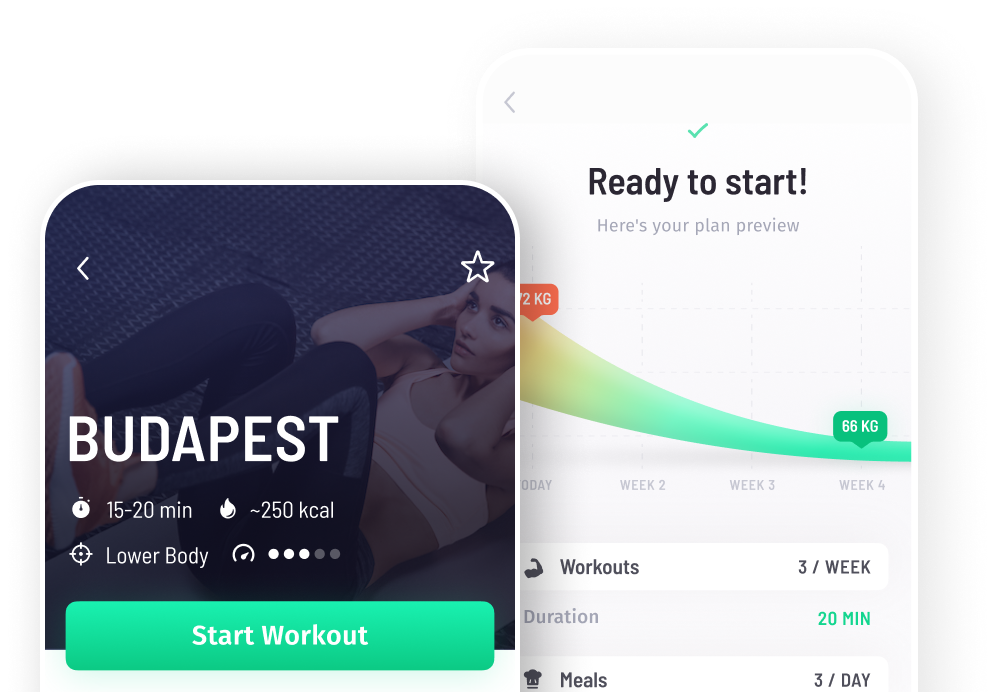Yoga is a holistic form of exercise, meaning it benefits us on all levels. Yoga works on our physical body and also our emotional, mental, and energetic bodies. Yoga can improve flexibility and balance, build strength and stamina, and create deeper spiritual connection and inner peace. It is suitable for people of all ages and levels of fitness. The benefits of yoga are available to all. If you are starting with yoga, here are our top five yoga poses for beginners. Stay in each pose for 5-10 breaths, or as long as feels comfortable.
Child’s Pose (Balasana)
Child’s pose is excellent for stretching out the back and calming the mind. It can be practiced as a stand-alone posture and as a resting pose between other yoga postures.
- Come onto your hands and knee. Bring the toes together and separate the knees.
- Sit back toward your heels and rest your forehead on the mat.
- You can stretch your arms out straight or bring them to rest by your sides. If you find there is a big gap between your sitting bones and your heels, or your forehead and the mat, place blocks or a folded blanket in the gaps to provide support.
- Relax your body and allow your chest to drop down towards the floor in between your thighs.
Downward Facing Dog (Adho Mukha Svanasana)
- From Child’s pose, come onto your hands and knees.
- Inhale and tuck your toes under, ensuring that your feet are hip-width, and your hands are shoulder-width apart.
- Exhale and push down into your hands and feet and lift your hips toward the ceiling. Have your knees as bent as you need to, and always keep a slight softness there even if you wish to straighten your legs.
- Relax the neck and drop the head. The eyes should gaze back between your thighs, not on the mat directly underneath your head or chest. The back of the neck should be long.
- Slide your shoulders down your back away from your ears. Point your sitting bones toward the ceiling while pulling your navel into your spine.
- Finally, allow your heels to sink toward the mat.
Warrior I Pose (Virabhadrasana I)
- From Downward Dog, look at the space between your hands. Lift your left foot off the mat and extend it out behind you as you inhale.
- Exhale and swing the leg through to land the foot in between the hands.
- Inhale as you ground the right heel and push yourself up into a high lunge position, raising your arms above your head.
- Exhale and drop your shoulders and ensure your upper arms are in line with your ears. Bring your palms to touch.
- Inhale and square your hips to face forwards, then tuck your tailbone under as you ground down through the edge of the back foot.
- Exhale and sink the hips, ensuring the left knee form a right angle, and the thigh becomes parallel with the floor. Do not allow the knee to come in front of the ankle; they should be in one straight line. If the knee moves in front of the ankle, shuffle the foot forwards until the ankle is directly underneath the knee.
- If you want to, you can look up toward your hands.
Seated Forward Bend (Paschimottanasana)
- Come to sitting and extend your legs out in front of you.
- Move onto the front of your sitting bones by tilting your hips so that your coccyx points toward the wall behind you.
- Extend your heels toward the wall in front of you and flex the feet as you straighten the legs. Keep a softness in the knees to protect the joints.
- Raise your arms above your head so that your upper arms are in line with your ears, and your palms are facing each other. Keep the shoulders relaxed down away from the ears.
- Extend the crown of the head up toward the ceiling to bring length to the spine. Take a deep breath in and scoop the belly inwards.
- Exhale and relax the upper body down over the straight legs. Reach the hands toward the feet and hold onto wherever feels comfortable – feet, ankles, shins, or thighs. Allow the body to sink and relax with each exhalation.
Bound Angle Pose (Baddha Konasana)
- From seated forward bend, inhale and bring the upper body back upright. Bend the knees and bring the feet toward the body.
- Exhale and drop the knees out to the sides and toward the floor, bringing the soles together. Slide the feet further into the body for a stronger hip stretch, or further away, you decrease the stretch. If the hips are tight, the knees can rest on cushions to provide support.
- Clasp your hands around your feet as you inhale, dropping the shoulders down the back away from the ears.
- Exhale and scoop the belly in as you bend forward over your feet.
Savasana
After you have practiced each posture for 5-10 breaths, lay down on your back for the final pose of every yoga session – Savasana. Also known as Corpse pose, it is a crucial part of the yoga practice as it allows the body, mind, and spirit to integrate what you have just done. Have your arms by your sides, palms facing up toward the ceiling. Allow the feet to flop open to the sides. Tuck the tailbone under to reduce the gap between the lower back and the mat. Tuck the chin into the chest to lengthen the back of the neck. Close your eyes and focus your attention on your physical experience of your breath. Stay here for 1-5 minutes as you enjoy the space in your body and mind that you have created with your practice.
Did you enjoy this article? Share it!

